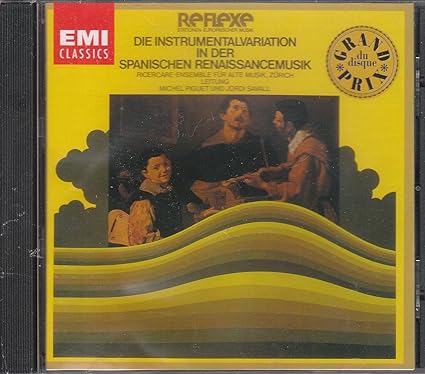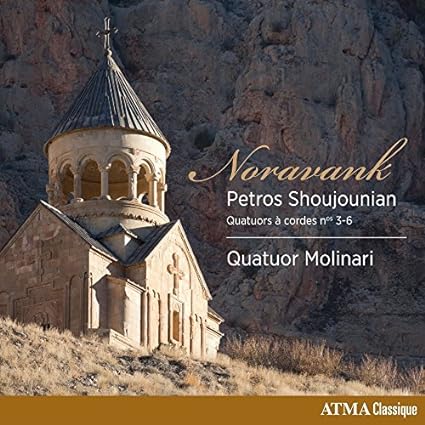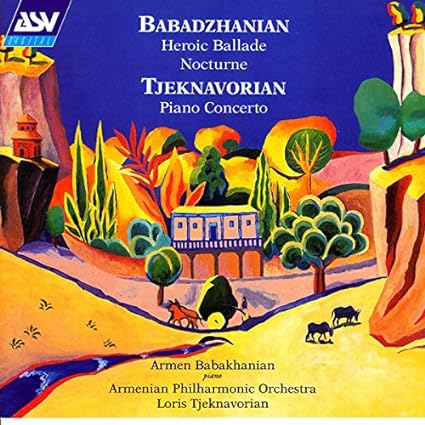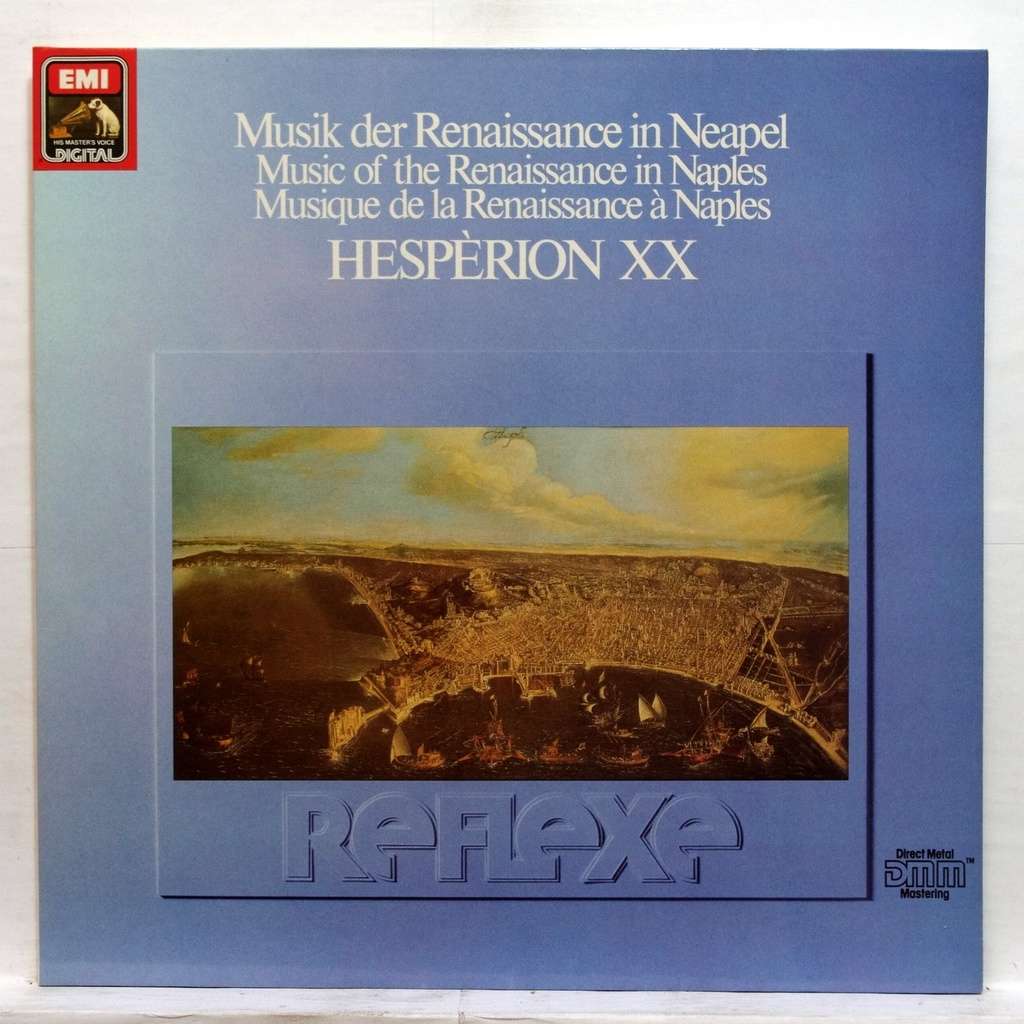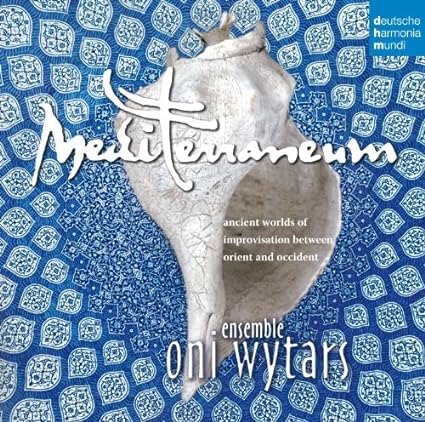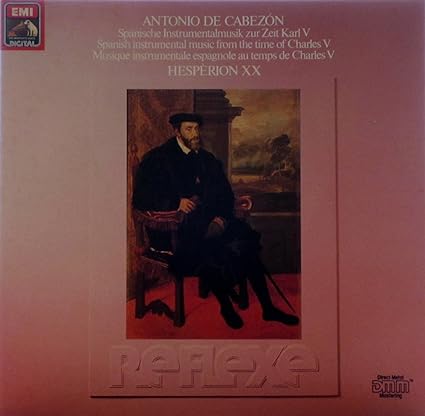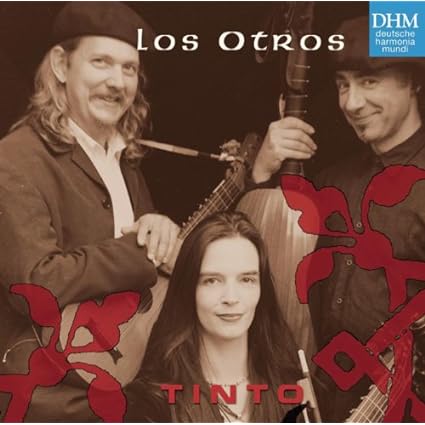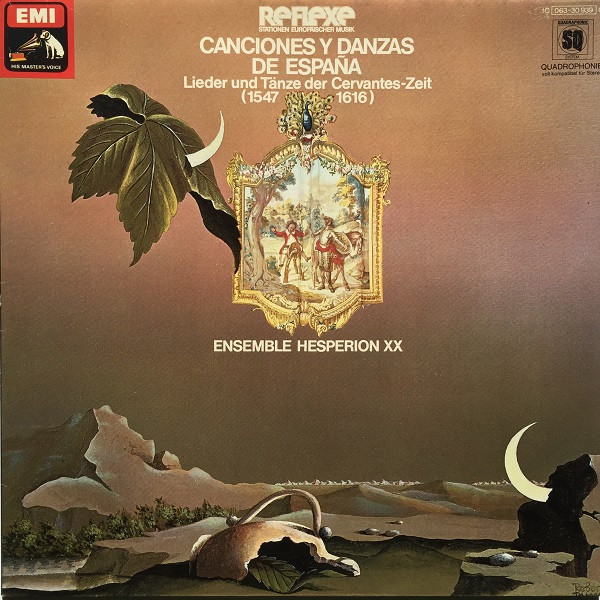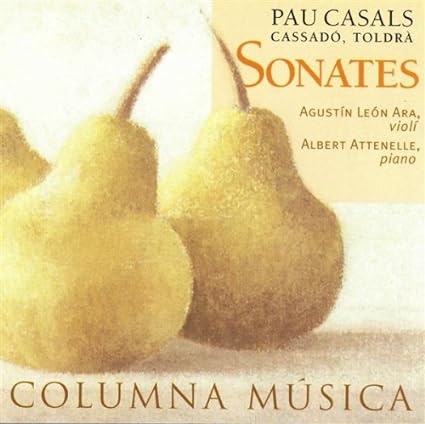
Another Amazon Add-on purchase. The disc contains one work each by five composers, with Aram Khachaturian the only one I've heard a lick from in the past, though not the work offered here. So this disc sort of has it all: bargain basement price, new repertoire, great sound.
The disc opens with Arno Babadjanian's Piano Trio. It is no minor work. Intense, romantic, emotional, and not hiding its "eastern" (ie, Russian) nor its local influences at all. It is conservative given its time of composition - 1952 - but it is undeniably effective, whether the music is impassioned or sorrowful. It's good enough to make me think I might want to hunt down other works by the composer.
Next is Canadian-Armenian Serouj Kradjian's
Elegy for Restive Souls for what amounts to a Clarinet Quartet. Mr Kradjian, who also wrote the liner notes and plays piano on the disc, composed the piece in 2009 on commission from the Amici Chamber Ensemble. The work commemorates the 1988 Armenian earthquake that killed tens of thousands of people. The brief work starts off with the violin playing ticks of a clock, the clarinet playing a recurring theme of destiny, and the piano playing eleven tolling chords. (The quake struck before 12:00, so only eleven tolls are to be heard.) After a brief pause, the clarinet slowly starts in, and the strings follow, and then the piano, in a chamber music Requiem. The music slowly becomes less somber, more disjointed, almost like a tragic folk dance version of Ravel's
La Valse. And since the music doesn't really sound especially energetic and intense until around eleven minutes in, it sounds almost ghostly for much of the time after the requiem portion ends. The last third is more chaotic, with some superb effects, as when the clarinet doubles the violin occasionally before they split into different swirls of chaos, only to do it again. All the while, the piano lays the foundation for the work, but it is not a solid foundation. It is unsteady, it is sometimes rambling. This, too, is no minor work, and I dare say it could make for a daunting piece in recital if the ensemble really digs in.
The brief central work is an arrangement of Parsegh Ganatchian's
Oror for soprano, clarinet, and four cellos. Mr Kradjian arranged the piece, no doubt with his wife, the soprano Isabel Bayrakdarian, in mind. She sings her part splendidly, fluidly, and beautifully. Apparently, the original is a very popular work in Armenia, and its intrinsic beauty makes it obvious why.
Khachaturian's 1932 Clarinet Trio follows. It is very much a piece of its time, dissonant but tonal, astringent but lovely, folk-infused yet mostly formal. Ample energy is evident, and the clarinetist displays his chops in almost all registers.
The final piece is the 1992 Suite for Clarinet Trio by Alexander Arutiunian. The somber Dialog apart, the piece is brief, light, energetic, and often just plain fun, making for a much lighter close after some heavier going early on.
While I doubt I spin this disc a lot, it offers yet another perfect example of why I like to explore new repertoire. There's some extremely fine music on this disc, and it gives me new ideas for music and composers and performers to explore.
